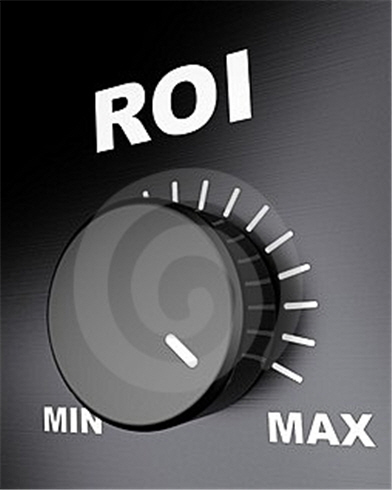It’s Not About the Software – Mostly
 An organization asked me to review their ERP system that controlled their manufacturing production, purchasing, inventory management, order entry and accounting. The executive management team expressed extreme frustration at the lack of visibility into their business. They felt their ERP system did not provide them the information they needed to effectively manage and control their business.
An organization asked me to review their ERP system that controlled their manufacturing production, purchasing, inventory management, order entry and accounting. The executive management team expressed extreme frustration at the lack of visibility into their business. They felt their ERP system did not provide them the information they needed to effectively manage and control their business.
A business process review (BPR) engagement was conducted to determine the underlying issues with the system. The scope of the BPR included a review of the current system’s configuration and an operational process review of each functional area to determine where and why the system was not meeting expectations.
The first step of the project was to review the current system’s configuration. Understanding that the focus of the review related to production and distribution I first reviewed the manufacturing system. Specifically, the bill of materials, cost and labor standards as well as the integration to the general ledger were reviewed. Next, the distribution modules involving order processing, purchasing and inventory control were reviewed followed by an assessment of the core financial modules. The findings of the system review echoed the executive team’s frustration. The entire ERP system was not configured properly. For example, the bill of materials had unrealistic cost allocations for direct labor that caused significant variances from actual production payroll. Components of the bill of materials that incorporate outside services didn’t have realistic standards to accurately capture the incurred costs. In addition, the bill of materials didn’t use appropriate GL accounts for posting production costs to the financials when finished good production was posted to inventory.
The distribution modules of the ERP had basically the same GL integration issues as the production modules. For example, the GL clearing accounts controlling distribution activity to general ledger were completely wrong causing overstated asset balances and understated P&L costs. The financial modules were configured properly. However, due to the general ledger configuration issues in the production and distribution modules, the general ledger trial balance did not agree to any of the subsidiary ledgers. As a result, the organization could not use the general ledger as a source of financial reporting and resorted to using spreadsheets to gather the financial data from the subsidiary modules. The lack of audit control affected their financial institution’s willingness to extend capital funding.
After the system configuration issues were documented, we then reviewed the business processes across each functional area. Starting with the warehouse operations, it was determined that the warehouse staff did not utilize best practices in warehouse logistics. Specifically, the warehouse personnel did not enforce bin and lot control when picking product for production and customer shipping. This was particularly concerning as the picking methodology was properly configured in the ERP system based on the industry the company operated in. In addition, the warehouse staff did not properly update the system for production and shipping activity. Instead, they would manually document all picking, shipping and receiving activity and then subsequently notified the functional areas of the activity. In turn, the functional areas would update the system according. The lack of fitting warehouse control procedures and delays in updating the system caused inventory valuation and stock status reporting to be skewed which in turn, caused management’s production and purchasing decisions to not optimize stock levels and cash flow management.
Moving onto customer service and purchasing operations it was observed that the staff did not follow the proper steps as required in the ERP to process sales orders and receive purchased goods into inventory. As a result, the general ledger was not correctly updated for the distribution activity. This issue compounds the distribution modules issue mentioned previously of not using the correct GL accounts in updating the general ledger.
Finally, we’ve reviewed the general ledger. The focus of the general ledger review was on the chart of accounts (COA) as it was clear from the other functional area reviews that the general ledger balances were not representative of the business’s financial condition. Working with the CFO, we determined that the COA did not represent the business in terms of having GL accounts specific to their business that would ensure relevant and reliable financial reporting.
The findings of the business process review were substantial. As the review incremented forward it was clear why the executive team was extremely frustrated with the system. Even though the system was not implemented correctly, the source of the software and process issues all tied back to effective communication, collaboration, industry knowledge and technical skill. Software onto itself is a means to an end. The people behind the software determine if a project is going to succeed or fail. In this particular case, the software configuration issues was just a matter of changing settings to ensure the system processed transactions as expected. The real issues stemmed from users not being properly trained on the system nor was there business process documentation to enforce effective and efficient procedures in operating and managing the business.
Choosing the right software that can process the required transactions natively or with minimal modification is the starting point. From there on it’s all about the team crafting and honing the solution – mostly.


